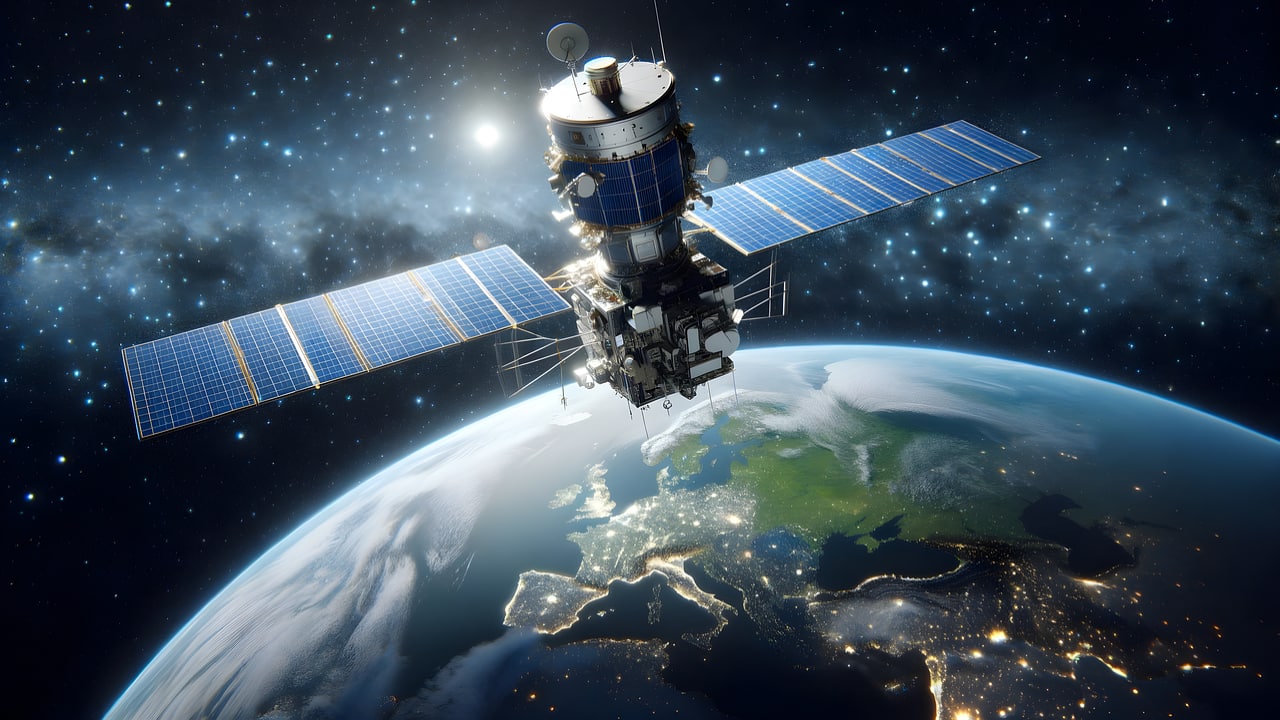Boosting India's Act East Policy: How Geospatial Tech is Shaping Regional Connectivity and Security

India's 'Act East' policy, a cornerstone of its foreign policy, aims to strengthen ties with Southeast Asian nations and enhance regional influence. A critical, often overlooked, component of this strategy is the increasing integration of geospatial technology. This technology isn't merely a supporting tool; it's becoming a key enabler, facilitating infrastructure development, optimizing resource management, and bolstering national security across challenging terrains.
The Need for Geospatial Solutions
The Eastern region of India presents unique geographical challenges – dense forests, mountainous landscapes, and complex river systems. Traditional methods of infrastructure planning and monitoring are often inefficient and prone to errors. Geospatial technology, encompassing Geographic Information Systems (GIS), remote sensing, and Global Positioning Systems (GPS), offers a powerful solution. It allows for detailed mapping, accurate terrain analysis, and real-time monitoring of projects, significantly reducing risks and optimizing resource allocation.
KMMTTP and Beyond: Infrastructure Development with Precision
The Kaladan Multi-Modal Transport Project (KMMTTP), a vital link connecting India and Myanmar, exemplifies the power of geospatial technology. Utilizing GIS and remote sensing, engineers can precisely plan routes, identify potential obstacles, and monitor construction progress. This precision minimizes delays, reduces costs, and ensures the project's long-term sustainability. Furthermore, geospatial data is crucial for developing other key infrastructure projects within the Act East framework, including road networks, ports, and power grids.
Reducing Reliance & Strengthening Supply Chains
Historically, India has relied on Bangladesh for transit to reach Myanmar and Southeast Asia. While Bangladesh remains an important partner, diversifying routes is crucial for supply chain resilience and reducing vulnerability. Geospatial technology plays a key role in identifying and developing alternative routes, optimizing logistics, and improving overall connectivity. It allows for the creation of digital twins of transportation networks, facilitating simulations and scenario planning to enhance efficiency and responsiveness.
Security and Border Management
The Eastern frontier presents complex security challenges, including porous borders and potential cross-border threats. Geospatial technology is instrumental in enhancing border security through:
- Real-time Monitoring: Satellite imagery and drone surveillance provide continuous monitoring of border areas, detecting and responding to illegal activities.
- Terrain Analysis: Detailed terrain maps identify vulnerable points and facilitate the deployment of security forces.
- Predictive Analytics: GIS data combined with intelligence reports can predict potential threats and optimize resource allocation.
The Future of Geospatial Technology in India's Act East Policy
The integration of geospatial technology in India's Act East policy is still in its early stages. However, advancements in artificial intelligence (AI) and machine learning (ML) are poised to revolutionize its application. AI-powered geospatial analytics can automate data processing, identify patterns, and provide actionable insights. Furthermore, the development of indigenous geospatial capabilities, including satellite constellations and data processing platforms, is crucial for ensuring strategic autonomy.
In conclusion, geospatial technology is not just an enabler but a strategic imperative for India's Act East policy. By leveraging its power, India can overcome geographical challenges, enhance regional connectivity, bolster national security, and solidify its position as a key player in Southeast Asia.





